
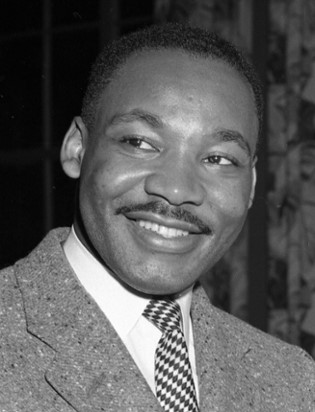
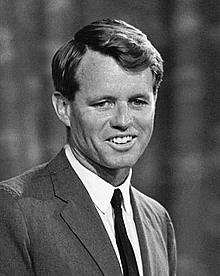 There are good reasons to think that the KGB arranged the murders of John F. Kennedy, Martin Luther King, and Robert F. Kennedy, as well as of other Americans. Note: “good reasons”, not definitive proof. In each case, I will argue that We must consider the KGB the leading suspect (in the JFK assassination, a KGB rogue and the Mafia collaborated while the KGB acted as a ghost partner). This perception can guide further investigation that can result in the more definitive finding that the KGB arranged these and related murders.
There are good reasons to think that the KGB arranged the murders of John F. Kennedy, Martin Luther King, and Robert F. Kennedy, as well as of other Americans. Note: “good reasons”, not definitive proof. In each case, I will argue that We must consider the KGB the leading suspect (in the JFK assassination, a KGB rogue and the Mafia collaborated while the KGB acted as a ghost partner). This perception can guide further investigation that can result in the more definitive finding that the KGB arranged these and related murders.
First, I will explain how the KGB and Mafia have emerged as the prime suspects in the JFK assassination. Not only was this the most important and best-known case. New evidence and interpretation point to the KGB’s role in particular and have implications for the other murders. Second, I will treat each of ten likely KGB murders in summary fashion. Third, I will touch on factors that have hampered resolution of these cases for many decades. Fourth, comparing the cases, I will identify characteristics of the KGB’s art of deniable murder. Fifth, I will draw some conclusions.
*****
1. The KGB and JFK

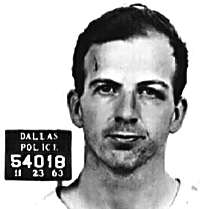
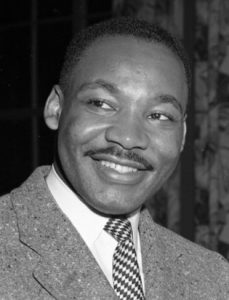
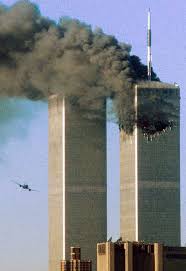
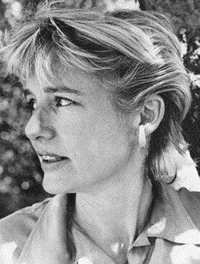
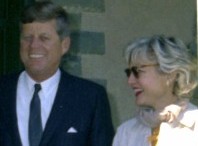
 April 4, 1968. Civil rights leader Martin Luther King was killed by a single bullet as he stood on the second floor balcony outside his hotel room in Memphis.
April 4, 1968. Civil rights leader Martin Luther King was killed by a single bullet as he stood on the second floor balcony outside his hotel room in Memphis.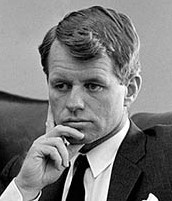 June 8, 1968. Running for the Democratic nomination, Robert F. Kennedy was assassinated in the crowded “pantry” (actually, a food preparation area) of the Ambassador Hotel in Los Angeles after his primary election victory.
June 8, 1968. Running for the Democratic nomination, Robert F. Kennedy was assassinated in the crowded “pantry” (actually, a food preparation area) of the Ambassador Hotel in Los Angeles after his primary election victory.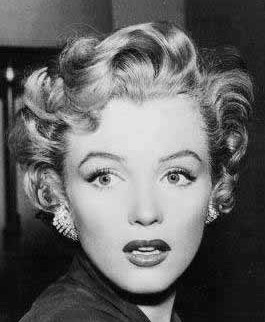 August 4, 1962. Celebrity actress Marilyn Monroe died in her bedroom in Los Angeles (or in the guest house near her house, from which she was carried back to her bedroom).
August 4, 1962. Celebrity actress Marilyn Monroe died in her bedroom in Los Angeles (or in the guest house near her house, from which she was carried back to her bedroom).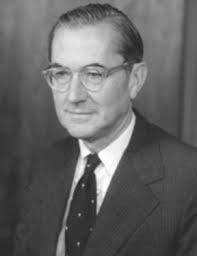 On April 27, 1996, 76-year old William Colby, former director of the CIA, disappeared from his vacation home on the water at Rocky Point, Maryland. Colby had spent the day at a marina fixing his sloop. He returned home after 6 pm, phoned his wife, who was visiting her mother in Texas, and told her he was tired and would eat supper, then go to bed. He watered his trees, met with his gardener and his visiting sister around 7:15 pm (sunset was at 7:57), and fixed himself a meal. The next day there was no sign of him. Eventually, a neighbor phoned the police. They found his supper half-eaten. The computer and radio were on. His canoe was missing.
On April 27, 1996, 76-year old William Colby, former director of the CIA, disappeared from his vacation home on the water at Rocky Point, Maryland. Colby had spent the day at a marina fixing his sloop. He returned home after 6 pm, phoned his wife, who was visiting her mother in Texas, and told her he was tired and would eat supper, then go to bed. He watered his trees, met with his gardener and his visiting sister around 7:15 pm (sunset was at 7:57), and fixed himself a meal. The next day there was no sign of him. Eventually, a neighbor phoned the police. They found his supper half-eaten. The computer and radio were on. His canoe was missing.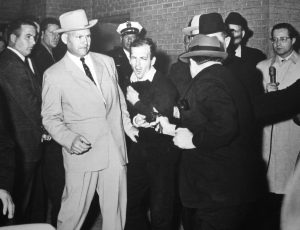 Former Romanian intelligence chief Ion Mihai Pacepa’s Programmed to Kill. Lee Harvey Oswald, the Soviet KGB, and the Kennedy Assassination gives us a professional analysis of Oswald’s path to the murder of JFK. Here historian Kenneth J. Dillon and researcher Steven J. Dillon discuss the high points of the book and how its KGB rogue theory outperforms other theories of the assassination. But Pacepa was unaware of JFK’s lady friend Mary Meyer’s story and the Mafia role. See also https://www.scientiapress.com/john-f-kennedy.
Former Romanian intelligence chief Ion Mihai Pacepa’s Programmed to Kill. Lee Harvey Oswald, the Soviet KGB, and the Kennedy Assassination gives us a professional analysis of Oswald’s path to the murder of JFK. Here historian Kenneth J. Dillon and researcher Steven J. Dillon discuss the high points of the book and how its KGB rogue theory outperforms other theories of the assassination. But Pacepa was unaware of JFK’s lady friend Mary Meyer’s story and the Mafia role. See also https://www.scientiapress.com/john-f-kennedy.